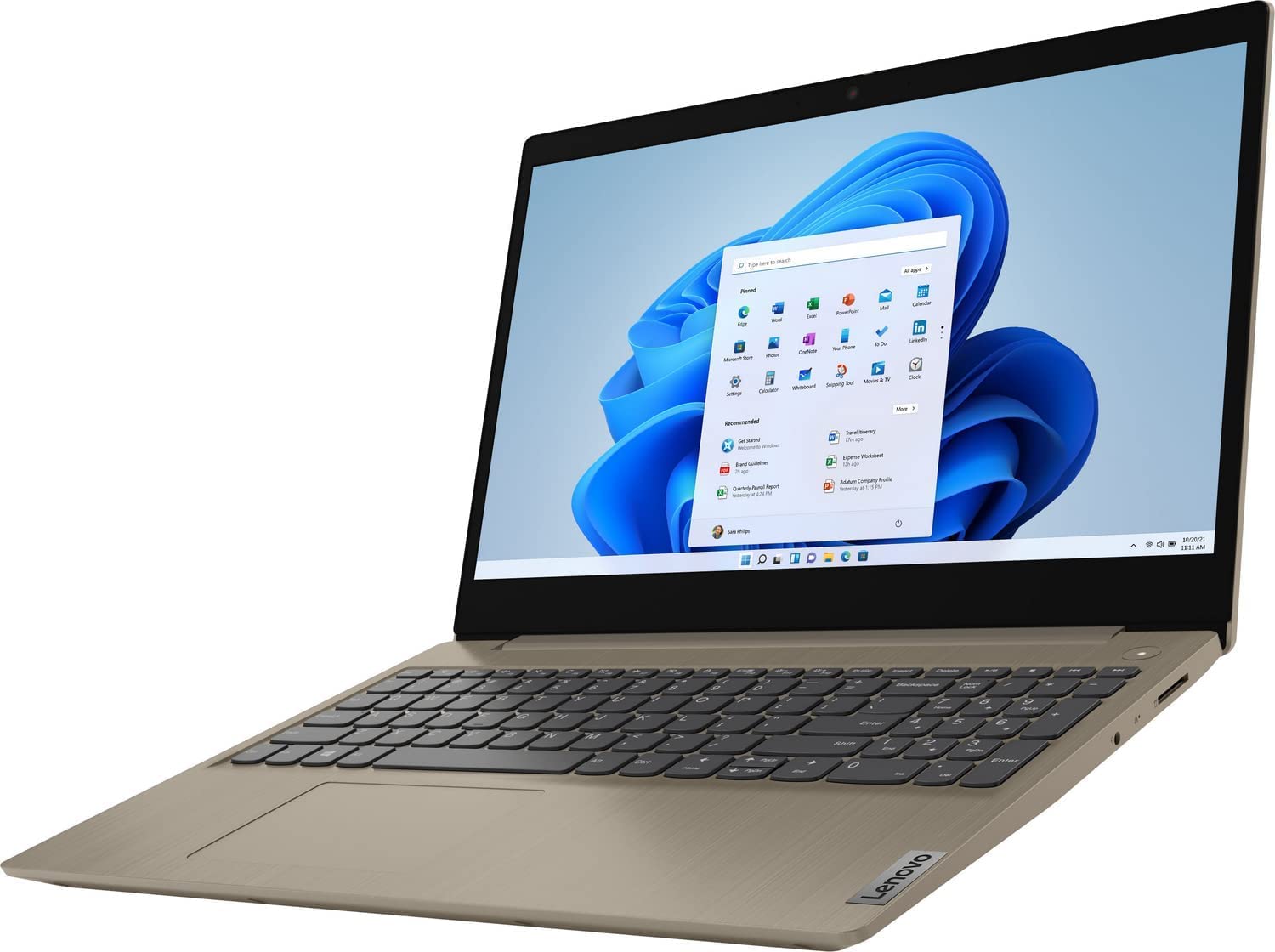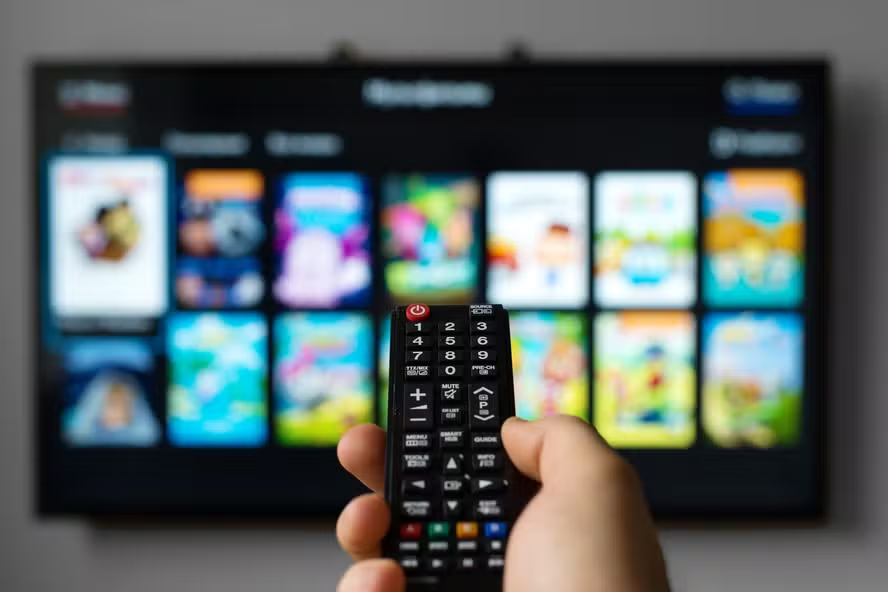In today’s fast-paced healthcare environment, efficiency, accuracy, and patient safety are paramount. One innovation that embodies these goals is electronic prescribing, or e-prescribing. Many professionals are asking the same question—How does eprescribing work to simplify prescription management while ensuring compliance and security? Understanding the technology behind e-prescriptions reveals just how transformative this system is for both providers and patients.
Understanding How Does Eprescribing Work
At its foundation, how does eprescribing work refers to the electronic creation and transmission of prescriptions from a healthcare provider to a pharmacy. Unlike handwritten prescriptions, e-prescribing eliminates guesswork, reduces errors, and integrates seamlessly with other healthcare technologies.
When a prescriber enters a medication into an e-prescribing platform, the system immediately checks for drug interactions, allergies, and dosage accuracy. This process ensures the prescription is safe, compliant, and ready for transmission to the patient’s chosen pharmacy.
The Core Technology Behind Eprescribing
Secure Data Transmission
One of the key components of how does eprescribing work lies in the secure exchange of data. E-prescriptions travel through encrypted channels using industry-standard protocols to prevent unauthorized access. Every prescription includes digital signatures, timestamps, and unique identifiers that authenticate the prescriber and ensure the message’s integrity.
This encrypted communication is the backbone of how does eprescribing work, safeguarding sensitive information from potential breaches or tampering.
Integration with EHR Systems
Another essential part of how does eprescribing work involves seamless integration with electronic health records (EHRs). EHRs contain comprehensive patient data, such as demographics, allergies, and medical history. When a prescriber selects a medication, the e-prescribing module retrieves and cross-references that data to ensure the prescription is appropriate and accurate.
This integration streamlines workflows, reduces duplication, and provides healthcare professionals with a complete picture of each patient’s health before sending prescriptions electronically.
Real-Time Pharmacy Connectivity
A crucial feature of how does eprescribing work is its connection to a national network of pharmacies. Once a prescription is created, it’s transmitted electronically to the selected pharmacy, where pharmacists can review and prepare it for dispensing.
Pharmacies can also send refill requests or clarification messages directly back to the provider through the same secure channel. This bidirectional communication ensures faster turnaround times, fewer phone calls, and improved coordination of care.
Ensuring Accuracy and Safety
Automated Drug Interaction Checks
A major benefit of how does eprescribing work is its built-in safety mechanisms. The system automatically checks for drug interactions, contraindications, and allergy conflicts before a prescription is finalized. If an issue arises, the prescriber receives an instant alert to make necessary adjustments.
This automated process drastically reduces medication errors and enhances overall patient safety—key reasons why healthcare systems increasingly rely on e-prescribing technology.
Formulary and Benefit Verification
Another essential function of how does eprescribing work is real-time access to insurance formularies. The system can verify coverage, copay amounts, and preferred medications before sending the prescription. This step minimizes patient confusion at the pharmacy counter and helps reduce out-of-pocket costs.
By combining clinical and financial insights, how does eprescribing work to make medication management both safer and more affordable.
Compliance and Security Measures
DEA and State-Level Compliance
For controlled substances, how does eprescribing work includes advanced authentication and audit capabilities. The Drug Enforcement Administration (DEA) requires two-factor authentication—such as a password and biometric verification—to ensure only authorized prescribers issue controlled medications.
All e-prescriptions must meet federal and state requirements, with each transaction logged for compliance and traceability. This stringent oversight ensures accountability and prevents prescription fraud.
Data Privacy and Encryption
Security is at the heart of how does eprescribing work. Each system must comply with HIPAA regulations, ensuring that patient information remains confidential. Data is encrypted during both transmission and storage, preventing unauthorized access or tampering.
These robust security layers foster patient trust and strengthen the overall integrity of healthcare data systems.
The Benefits of Understanding How Does Eprescribing Work
Streamlined Workflows
When considering how does eprescribing work, one of the biggest advantages is efficiency. Healthcare providers can send prescriptions directly from their systems without printing, faxing, or calling pharmacies. This streamlined process saves valuable time for both clinicians and patients.
Enhanced Patient Experience
By eliminating paper prescriptions, how does eprescribing work to reduce delays and confusion. Patients can pick up medications faster and avoid issues like lost scripts or illegible handwriting. E-prescribing also supports refill management, ensuring patients stay adherent to their treatment plans.
Improved Communication Across Care Teams
E-prescribing promotes better collaboration between physicians, pharmacists, and other healthcare providers. The way how does eprescribing work facilitates instant updates and secure messaging enhances coordination and reduces the risk of conflicting treatments.
The Future of How Does Eprescribing Work
AI and Predictive Analytics
The next stage in how does eprescribing work involves artificial intelligence and predictive analytics. AI-driven algorithms can analyze patterns in prescribing behavior, recommend optimal medications, and identify potential misuse. These tools enhance clinical decision-making and promote responsible prescribing practices.
Expanding Interoperability
As healthcare systems move toward universal interoperability, how does eprescribing work will become even more integrated. Future platforms will connect seamlessly across providers, payers, and pharmacies, creating a truly unified healthcare network.
Mobile and Cloud-Based Access
Cloud-based solutions are redefining how does eprescribing work, allowing providers to manage prescriptions securely from mobile devices. This flexibility ensures that prescribers can respond to patient needs anytime, anywhere, without compromising security or compliance.
Conclusion
Understanding how does eprescribing work reveals the powerful technology that underpins safer, faster, and more efficient prescription management. By combining encryption, EHR integration, and real-time communication, e-prescribing eliminates traditional barriers to accurate and compliant medication delivery.The Technology Behind E-Prescriptions: How Does Eprescribing Work?
In today’s fast-paced healthcare environment, efficiency, accuracy, and patient safety are paramount. One innovation that embodies these goals is electronic prescribing, or e-prescribing. Many professionals are asking the same question—how does eprescribing work to simplify prescription management while ensuring compliance and security? Understanding the technology behind e-prescriptions reveals just how transformative this system is for both providers and patients.
Understanding How Does Eprescribing Work
At its foundation, how does eprescribing work refers to the electronic creation and transmission of prescriptions from a healthcare provider to a pharmacy. Unlike handwritten prescriptions, e-prescribing eliminates guesswork, reduces errors, and integrates seamlessly with other healthcare technologies.
When a prescriber enters a medication into an e-prescribing platform, the system immediately checks for drug interactions, allergies, and dosage accuracy. This process ensures the prescription is safe, compliant, and ready for transmission to the patient’s chosen pharmacy.
The Core Technology Behind Eprescribing
Secure Data Transmission
One of the key components of how does eprescribing work lies in the secure exchange of data. E-prescriptions travel through encrypted channels using industry-standard protocols to prevent unauthorized access. Every prescription includes digital signatures, timestamps, and unique identifiers that authenticate the prescriber and ensure the message’s integrity.
This encrypted communication is the backbone of how does eprescribing work, safeguarding sensitive information from potential breaches or tampering.
Integration with EHR Systems
Another essential part of how does eprescribing work involves seamless integration with electronic health records (EHRs). EHRs contain comprehensive patient data, such as demographics, allergies, and medical history. When a prescriber selects a medication, the e-prescribing module retrieves and cross-references that data to ensure the prescription is appropriate and accurate.
This integration streamlines workflows, reduces duplication, and provides healthcare professionals with a complete picture of each patient’s health before sending prescriptions electronically.
Real-Time Pharmacy Connectivity
A crucial feature of how does eprescribing work is its connection to a national network of pharmacies. Once a prescription is created, it’s transmitted electronically to the selected pharmacy, where pharmacists can review and prepare it for dispensing.
Pharmacies can also send refill requests or clarification messages directly back to the provider through the same secure channel. This bidirectional communication ensures faster turnaround times, fewer phone calls, and improved coordination of care.
Ensuring Accuracy and Safety
Automated Drug Interaction Checks
A major benefit of how does eprescribing work is its built-in safety mechanisms. The system automatically checks for drug interactions, contraindications, and allergy conflicts before a prescription is finalized. If an issue arises, the prescriber receives an instant alert to make necessary adjustments.
This automated process drastically reduces medication errors and enhances overall patient safety—key reasons why healthcare systems increasingly rely on e-prescribing technology.
Formulary and Benefit Verification
Another essential function of how does eprescribing work is real-time access to insurance formularies. The system can verify coverage, copay amounts, and preferred medications before sending the prescription. This step minimizes patient confusion at the pharmacy counter and helps reduce out-of-pocket costs.
By combining clinical and financial insights, how does eprescribing work to make medication management both safer and more affordable.
Compliance and Security Measures
DEA and State-Level Compliance
For controlled substances, how does eprescribing work includes advanced authentication and audit capabilities. The Drug Enforcement Administration (DEA) requires two-factor authentication—such as a password and biometric verification—to ensure only authorized prescribers issue controlled medications.
All e-prescriptions must meet federal and state requirements, with each transaction logged for compliance and traceability. This stringent oversight ensures accountability and prevents prescription fraud.
Data Privacy and Encryption
Security is at the heart of how does eprescribing work. Each system must comply with HIPAA regulations, ensuring that patient information remains confidential. Data is encrypted during both transmission and storage, preventing unauthorized access or tampering.
These robust security layers foster patient trust and strengthen the overall integrity of healthcare data systems.
The Benefits of Understanding How Does Eprescribing Work
Streamlined Workflows
When considering how does eprescribing work, one of the biggest advantages is efficiency. Healthcare providers can send prescriptions directly from their systems without printing, faxing, or calling pharmacies. This streamlined process saves valuable time for both clinicians and patients.
Enhanced Patient Experience
By eliminating paper prescriptions, how does eprescribing work to reduce delays and confusion. Patients can pick up medications faster and avoid issues like lost scripts or illegible handwriting. E-prescribing also supports refill management, ensuring patients stay adherent to their treatment plans.
Improved Communication Across Care Teams
E-prescribing promotes better collaboration between physicians, pharmacists, and other healthcare providers. The way how does eprescribing work facilitates instant updates and secure messaging enhances coordination and reduces the risk of conflicting treatments.
The Future of How Does Eprescribing Work
AI and Predictive Analytics
The next stage in how does eprescribing work involves artificial intelligence and predictive analytics. AI-driven algorithms can analyze patterns in prescribing behavior, recommend optimal medications, and identify potential misuse. These tools enhance clinical decision-making and promote responsible prescribing practices.
Expanding Interoperability
As healthcare systems move toward universal interoperability, how does eprescribing work will become even more integrated. Future platforms will connect seamlessly across providers, payers, and pharmacies, creating a truly unified healthcare network.
Mobile and Cloud-Based Access
Cloud-based solutions are redefining how does eprescribing work, allowing providers to manage prescriptions securely from mobile devices. This flexibility ensures that prescribers can respond to patient needs anytime, anywhere, without compromising security or compliance.
Conclusion
Understanding how does eprescribing work reveals the powerful technology that underpins safer, faster, and more efficient prescription management. By combining encryption, EHR integration, and real-time communication, e-prescribing eliminates traditional barriers to accurate and compliant medication delivery.



